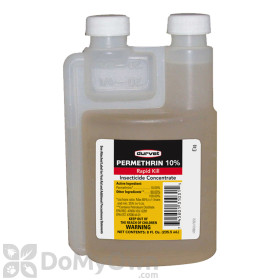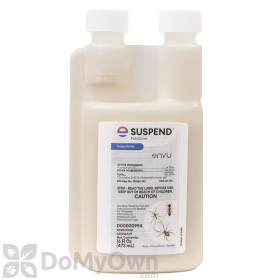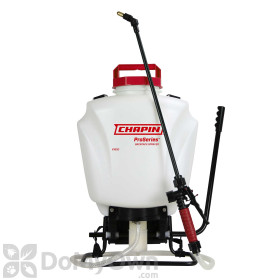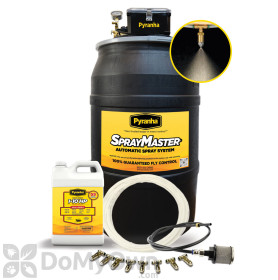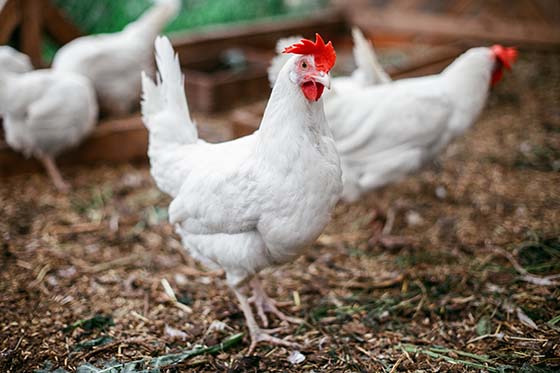
Farmers and hobbyists alike will encounter insects and pests around their animals. When raising chickens, beef, dairy cows, goats, swine, and other livestock, battling pests is incredibly important for the health and safety of these animals and the people that work with and near the animals.
Insecticides are essential in any pest control treatment, but not all insecticides can be used on or around animals. Read our guide below to learn how to tell where an insecticide can and cannot be applied for happy, healthy animals.
Understanding Product Labels
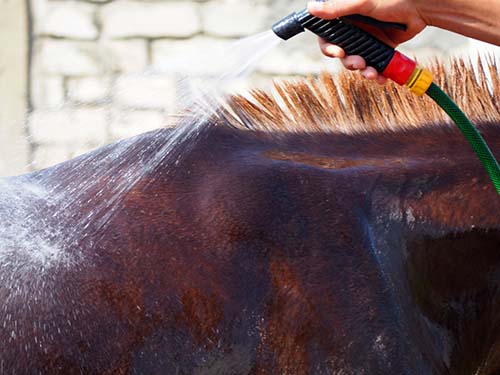
Insecticides and other products that control pests are evaluated by the EPA for safety and usage rates. This information is then placed on the label of the product bottle or container.
Labels for products that are used around animals are extremely specific about where the product can and cannot be applied, how much of the product can be used at once, and how often the product can be reapplied. This is for the safety of the animals and the people that are administering the product.
Remember THE LABEL IS LAW! You must follow the instructions of the label of your insecticide, especially on commercial farms when the meat will be sold.
Choosing the Right Insecticide
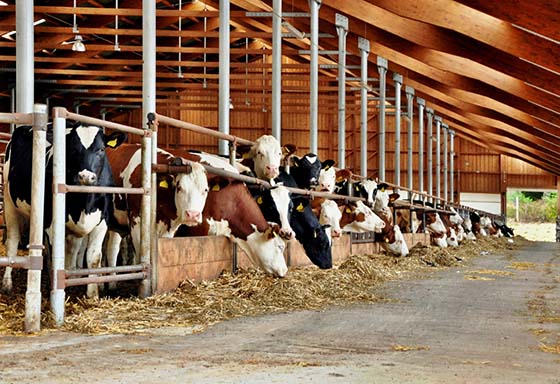
When reading the label of your insecticide for where the product can and cannot be applied, make sure the product is labeled to be used on or near the animals that you are raising, as some products may be dangerous for chickens but fine for use around cattle, or vice-versa.
Also, be sure your product is labeled for the pest or pests you are trying to control, as product that is not labeled for beetles will not be effective against beetles, etc. Using a product that is not labeled for the pest you are trying to control is a waste of time, money, and effort and can cause undesirable results when the proper product is then applied to the area.
Spraying Around Animals
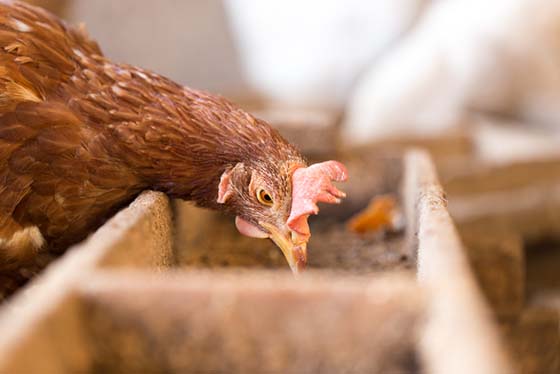
Whether you are spraying insecticide with a backpack sprayer, using a fogger, or are adding insecticide to a barn misting system, knowing where you can and cannot use insecticide is key to the health of your animals.
Insecticide labels will typically give one of four sets of instructions when it comes to spraying the product around animals.
On Animals
If your product label indicates that the product can be applied on animals, that means animals can be sprayed directly with the product. Some product labels may warn against using around the eyes, nose, or ears of animals.
Over Animals
A product labeled to be sprayed over animals means insecticide cannot be sprayed directly onto the animal but the animal may be misted by an overhead spray. Insecticide sprayed near chickens, cattle, and other animals that may blow back onto the animals will not harm the animals.
Around Animals
Spraying around animals means animals may be in the facility being sprayed but should not make contact with the insecticide.
No Animals Present
Animals should be removed from the area being sprayed. It is important to wait until the insecticide solution dries (typically 1-4 hours) before animals can return to the coop, pen, or barn being sprayed.
Other Label Restrictions
Look for these additional warnings on your product label before applying your product.
Worker Restrictions
Product labels may restrict workers, children, and pets from entering a treated area for a certain time period after the insecticide has been applied (typically until the product dries). Follow these instructions to protect the health of all on the farm.
Feeders, Waterers, and Equipment
Double check the label of your insecticide for instructions on equipment. Typically, feeders, water troughs, and equipment the animals will make contact with should be covered or removed during the application of your insecticide. Wait until your insecticide dries before placing back into the area that was treated.
Shop our animal care products for insecticides, sprayers, and other products that can used on, around, and near poultry, cattle, swine, and other livestock.
If you have any questions about which insecticides can and cannot be used around your animals and how they are applied, give our customer service team a call at 866-581-7378 or send an email to [email protected].



